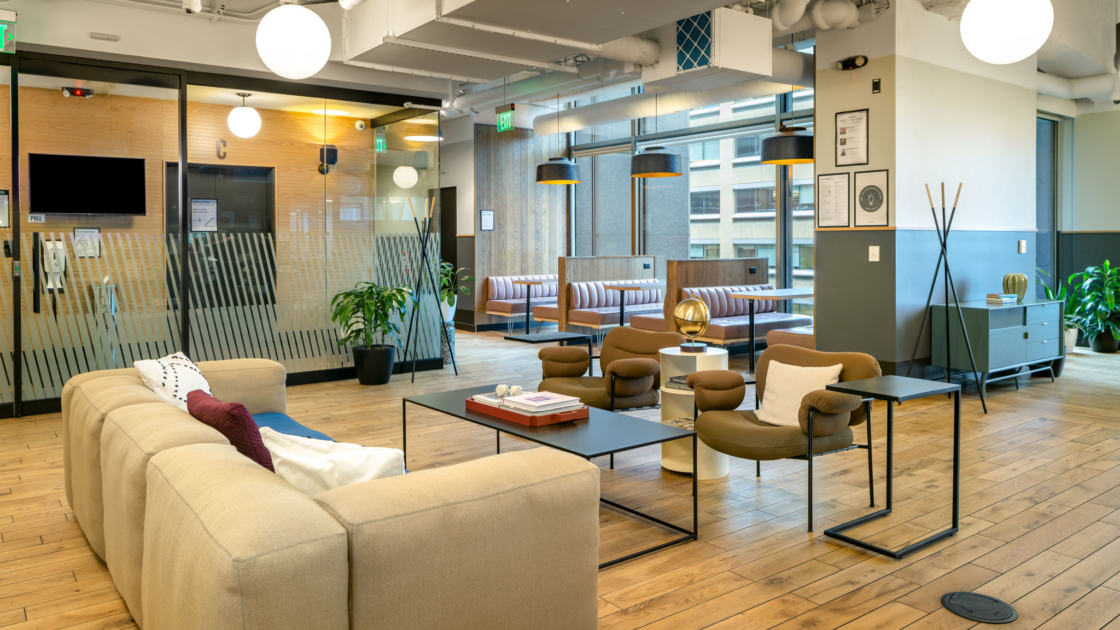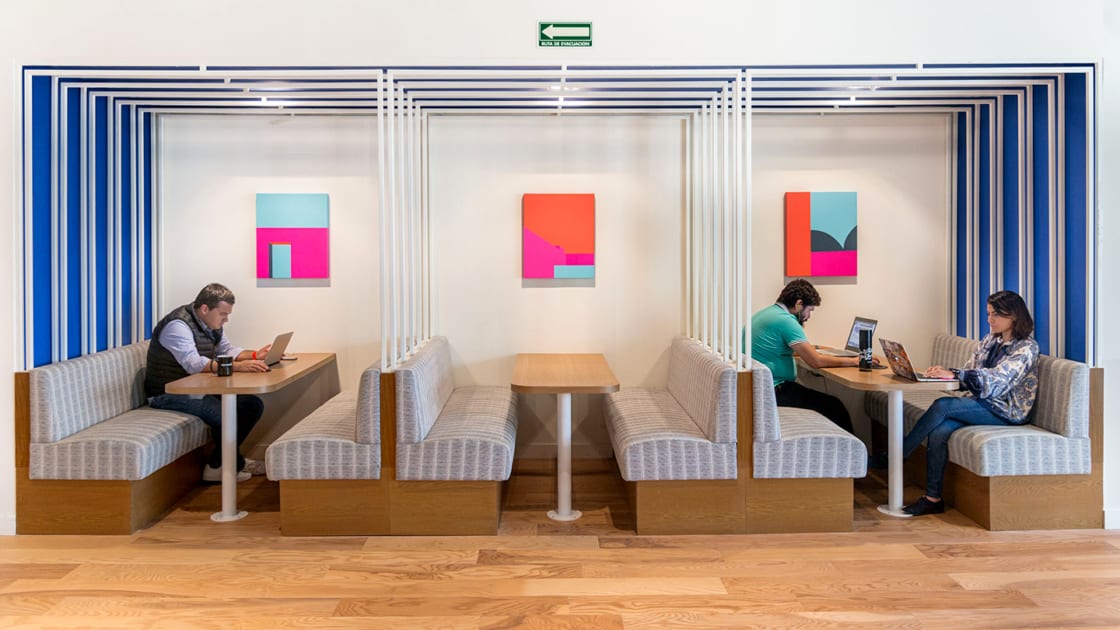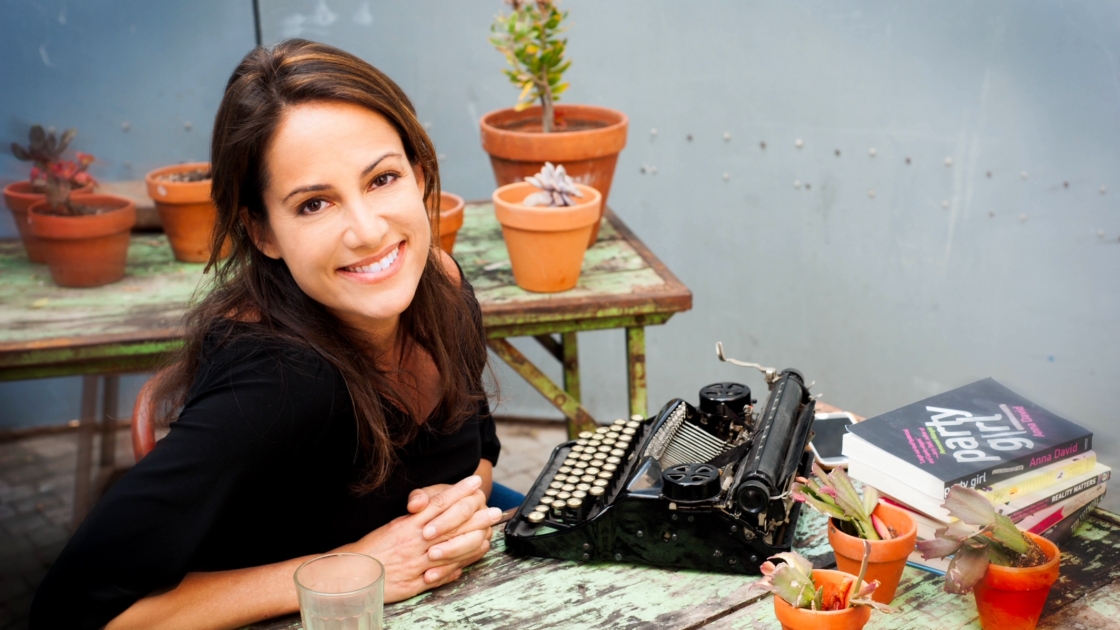Celebrity stylist Karla Welch knows the importance of having a style uniform—and what happens when you try to fight it.
Welch, dubbed the No. 1 power stylist by The Hollywood Reporter—with clients including Amy Poehler, Ruth Negga, Karlie Kloss, and Zooey Deschanel—recently booked a crack-of-dawn flight from Los Angeles to New York City for an event at WeWork 205 Hudson. Bleary-eyed at 3:30 a.m. and prepping for her flight, Welch packed exactly one outfit: a dress. At the last minute, she threw in a favorite pair of jeans. Just in case.
When she landed in New York, she slipped on the dress to wear to the panel discussion about WISHI, the on-demand personal-styling platform she co-founded with stylist Cleo O’Hana. But the dress was all wrong, she says. Backup jeans it was.
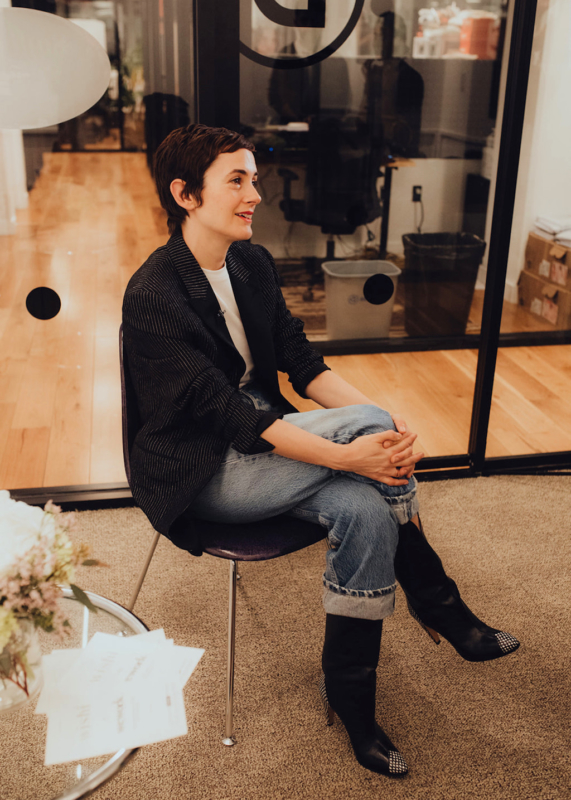
That’s the power of a personal style uniform. “It’s a security blanket,” says Welch, who wears a white shirt, jeans, boots, and blazer during most of her nonstop days spent styling clients, consulting on advertising campaigns, and designing custom pieces for Justin Bieber’s world tours.
There’s a reason uniform dressing is catching on: When you streamline one aspect of your life, it frees up your brain to focus elsewhere. When you’re busy or building a company from the ground up, says Welch, “your mind is needed for other things.”
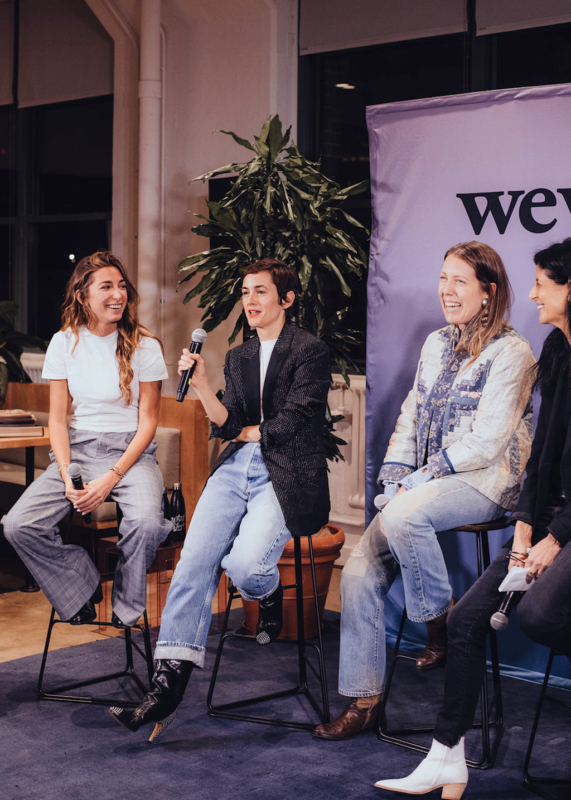
Famously, Mark Zuckerberg, Steve Jobs, and Barack Obama have all admitted to wearing nearly the same outfits every day; now entrepreneurs and ambitious workers are following suit (while ditching the suit). How to begin? First, take a deep breath. “The thing is, it’s just clothes,” Welch says. “You don’t need to stress out.”
Keep it super simple. Ask yourself, What are you looking for? advises Welch, who says it’s the first question she poses to clients. For example: “clean lines, not too fussy, something to move around the city in.” Creating a style target helps narrow your options. Welch’s own uniform consists of three items: jeans, blazer, white T-shirt. Yours could be a slight variation: stylish trousers, say, or sweaters during the winter.
Consider your days. Are you in and out of meetings? Does your commute feel like it’s 100 degrees, even in the winter—except when it’s not? Your uniform should be adaptable and feel comfortable in a variety of situations. “A uniform is a time-saver so you can do better things,” Welch says. It should never be a source of worry.
Start with what you have. Uniform dressing seems like a minimalist endeavor, yet it’s easy to think you need to buy a new wardrobe. Don’t, says Welch, who advocates wearing pieces for years. Start by shopping your own closet. It’s less expensive and more sustainable—plus, creating a style identity from familiar pieces you already own makes it more likely you’ll stick with it.
Ask one crucial question. Pick items that make you feel powerful and build from there. Ask yourself, “Do I feel good in this item?” If the answer is yes, add it to your rotation. If the answer’s no, consider donating it.
Look to the greats. Channel inspiration from artists, cinema, and celebrities. Rei Kawakubo of Commes des Garçons dresses almost exclusively in black, save for the occasional white shirt. And the artist Georgia O’Keeffe was notoriously rigid with her self-created wardrobe—so much so that her iconic androgynous silk, cotton, and wool outfits have been showcased in museum exhibits.
Solicit a second opinion. If you’re at a loss, hire an expert. It might be a better use of your time than opening 47 shopping tabs in your browser and searching for the right piece. On WISHI, each user is matched with a professional stylist. You send photographs of your wardrobe, and the stylist sends back suggestions from your own closet and from online stores.
Beat back boredom. Growing up, Welch wore a school uniform, but instead of resenting the predictability and sameness, she says, “it pushed me to be creative.” The same goes for an adult uniform. “The goal is to feel confident, not bored,” she says. “It takes a remarkable amount of confidence to wear something over and over again.” And if repetition can breed success, then a uniform could be your strongest style move yet.





